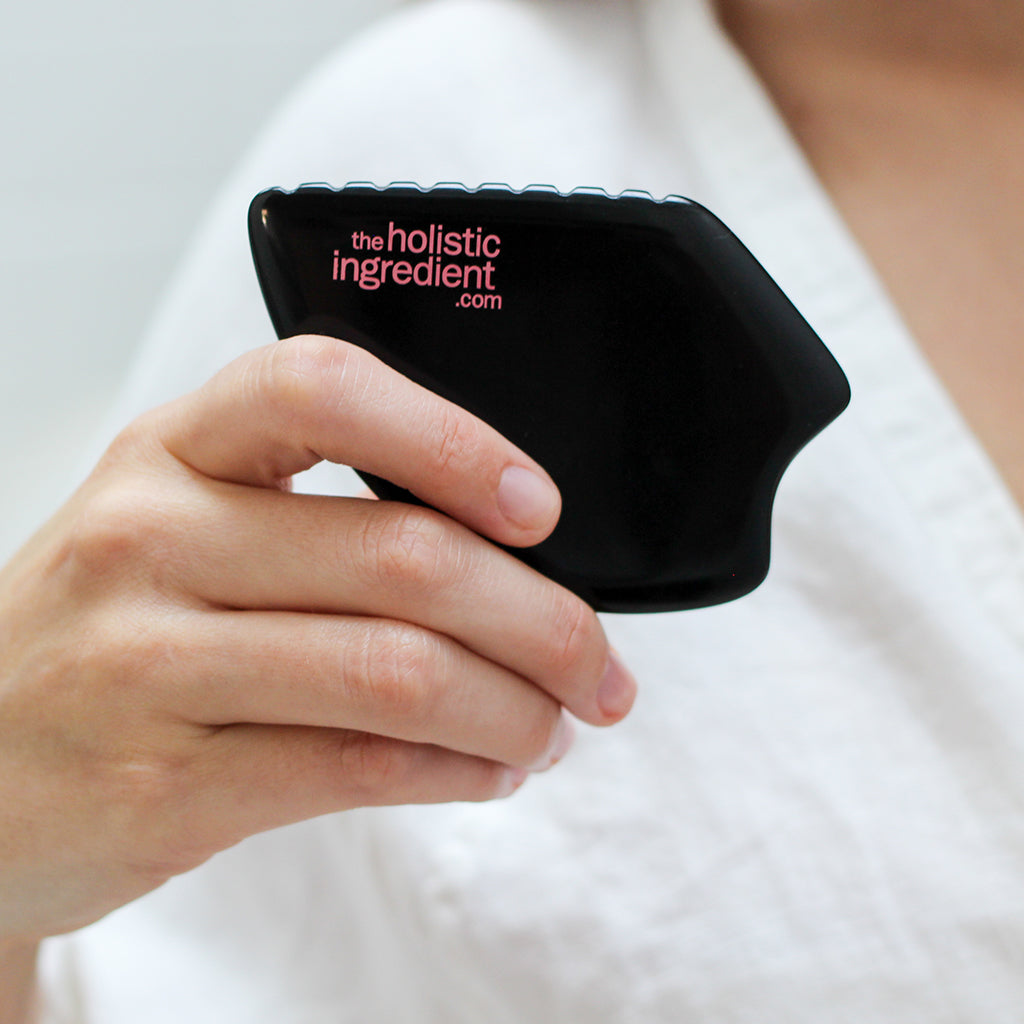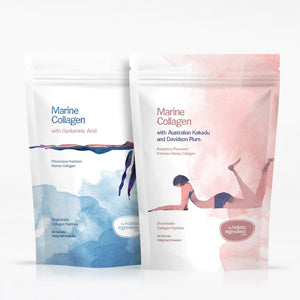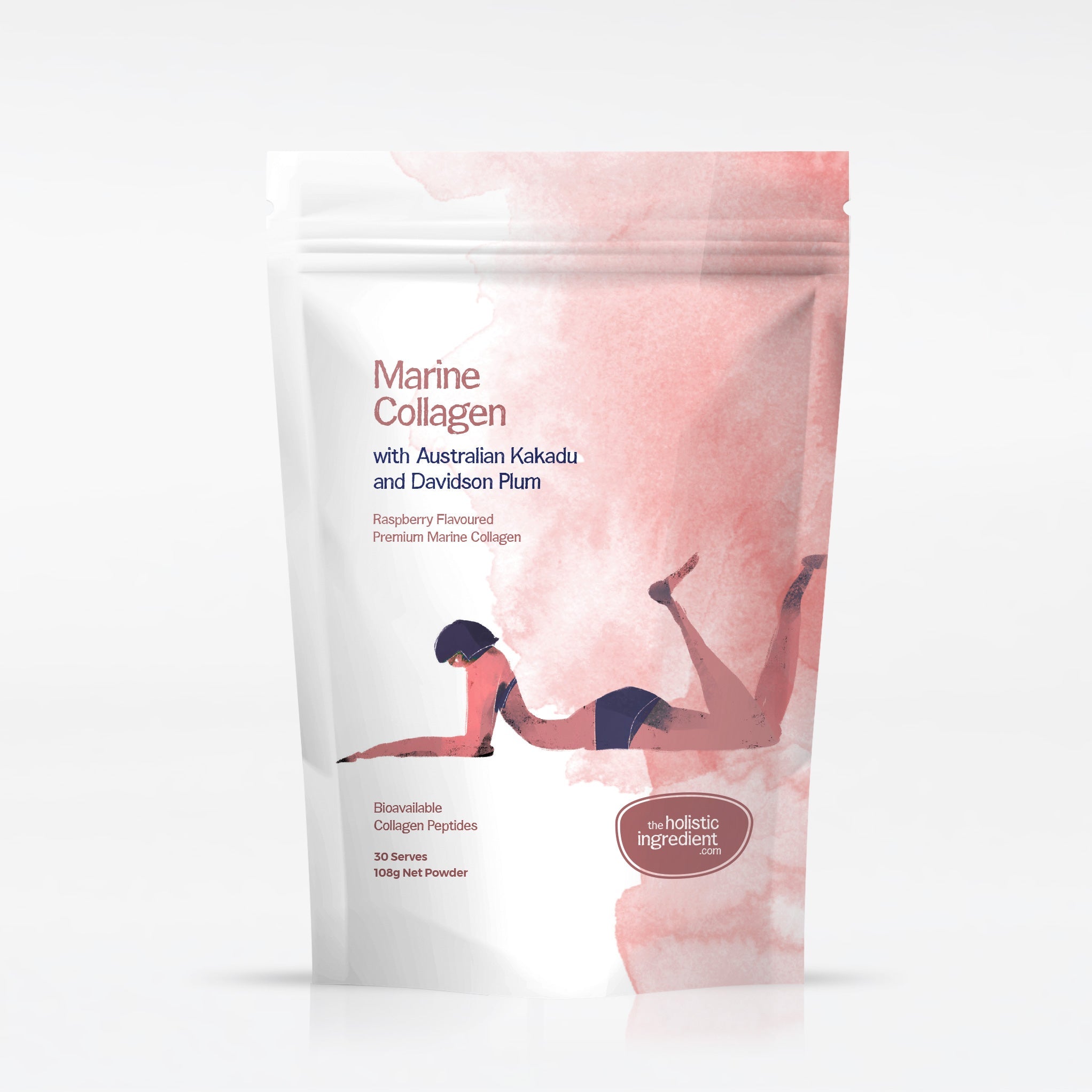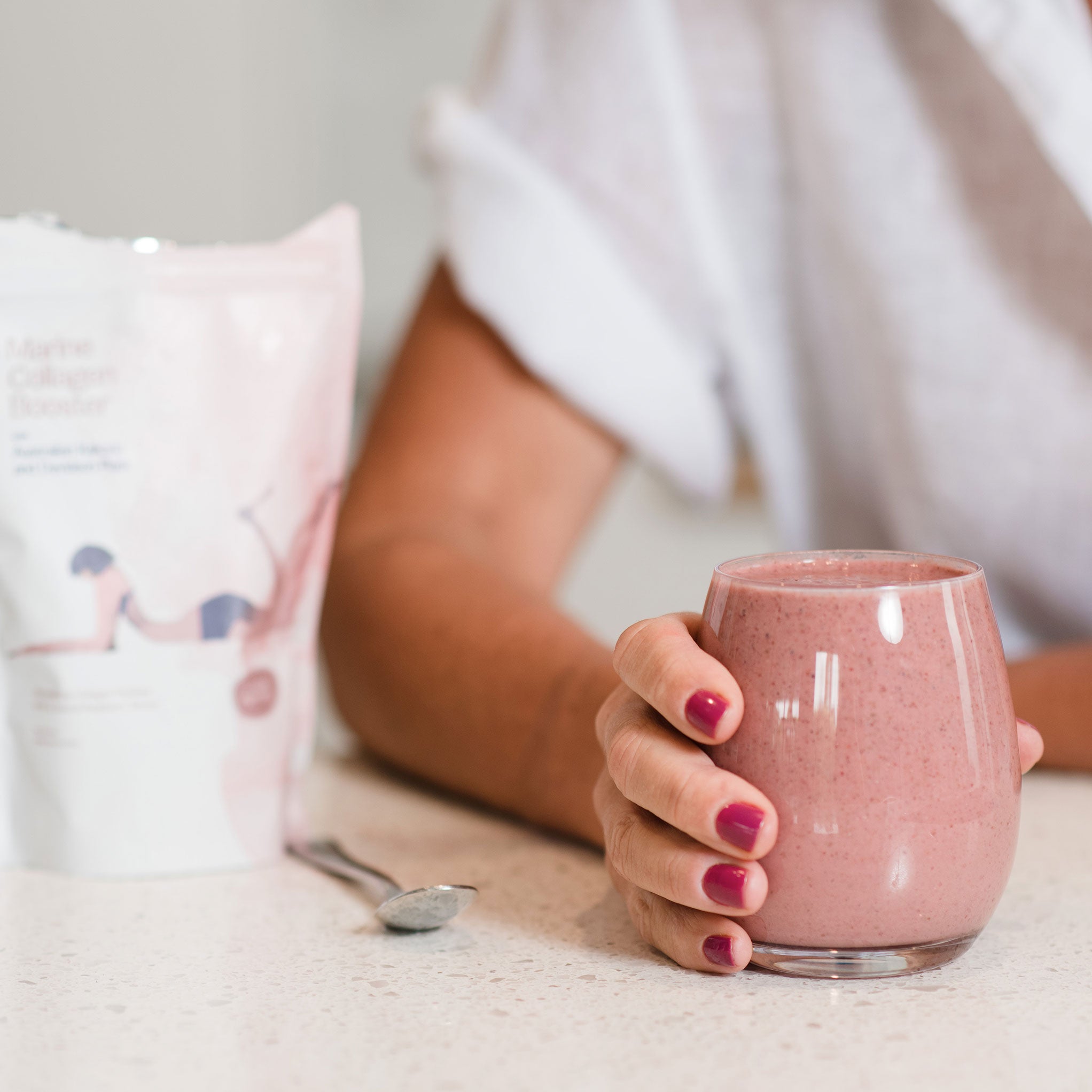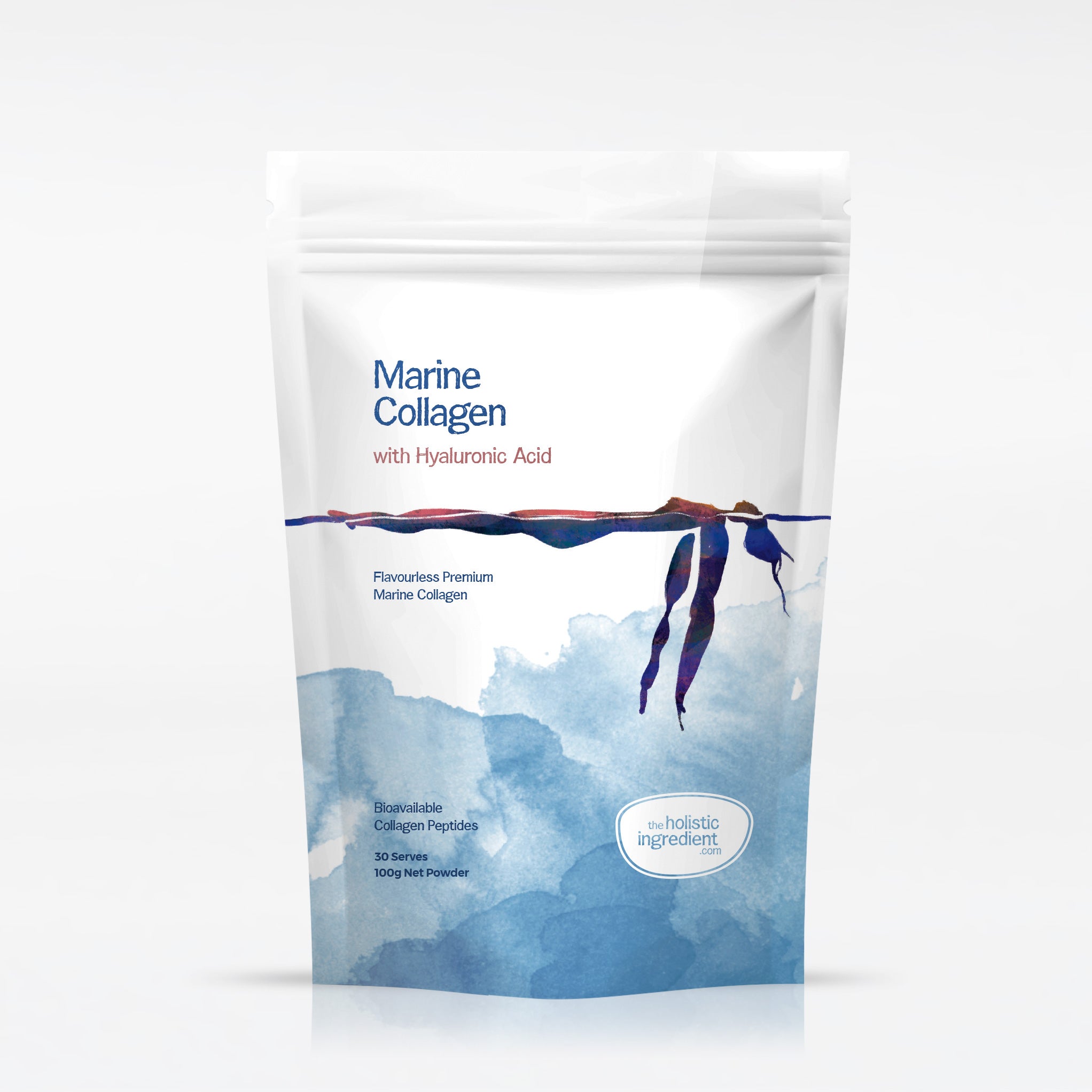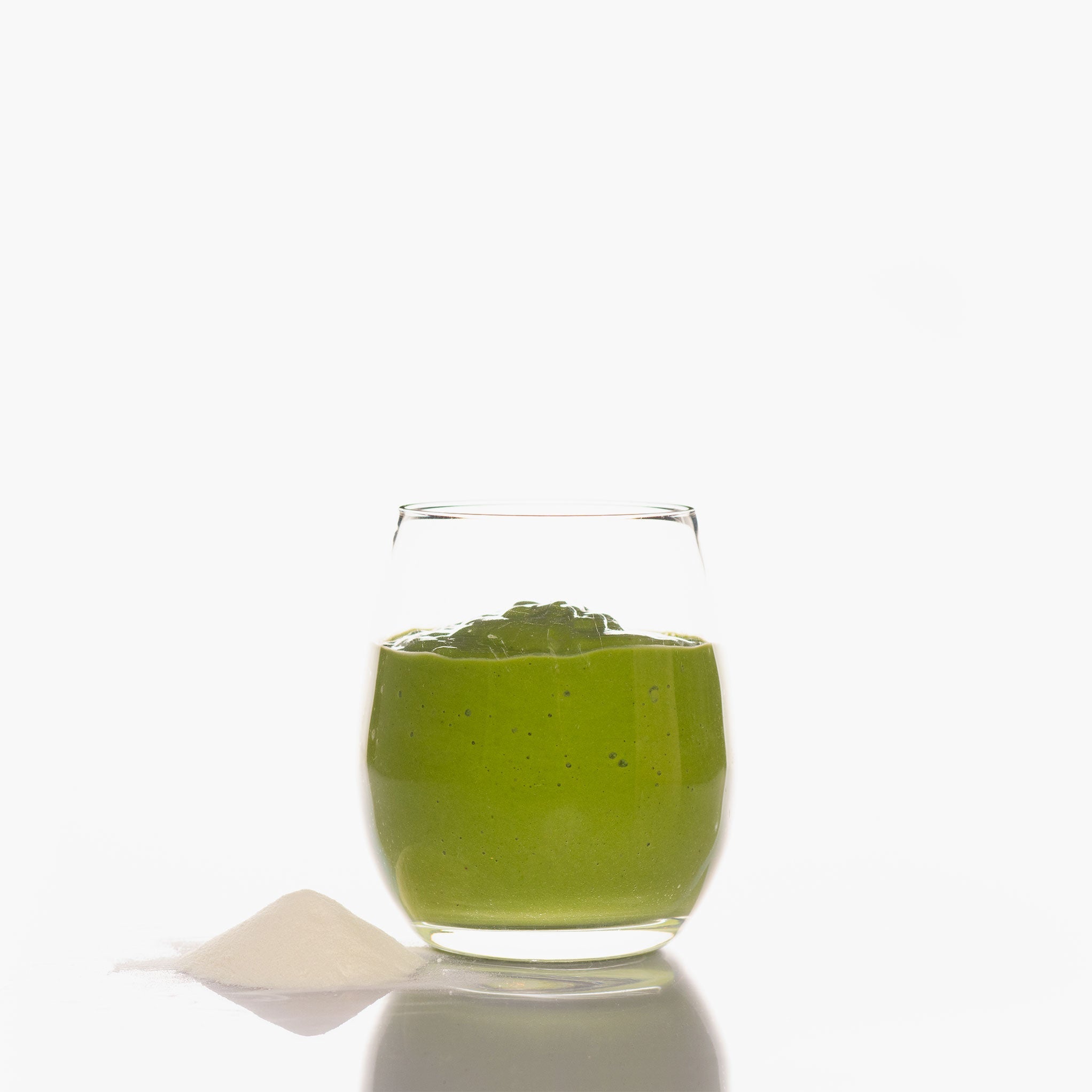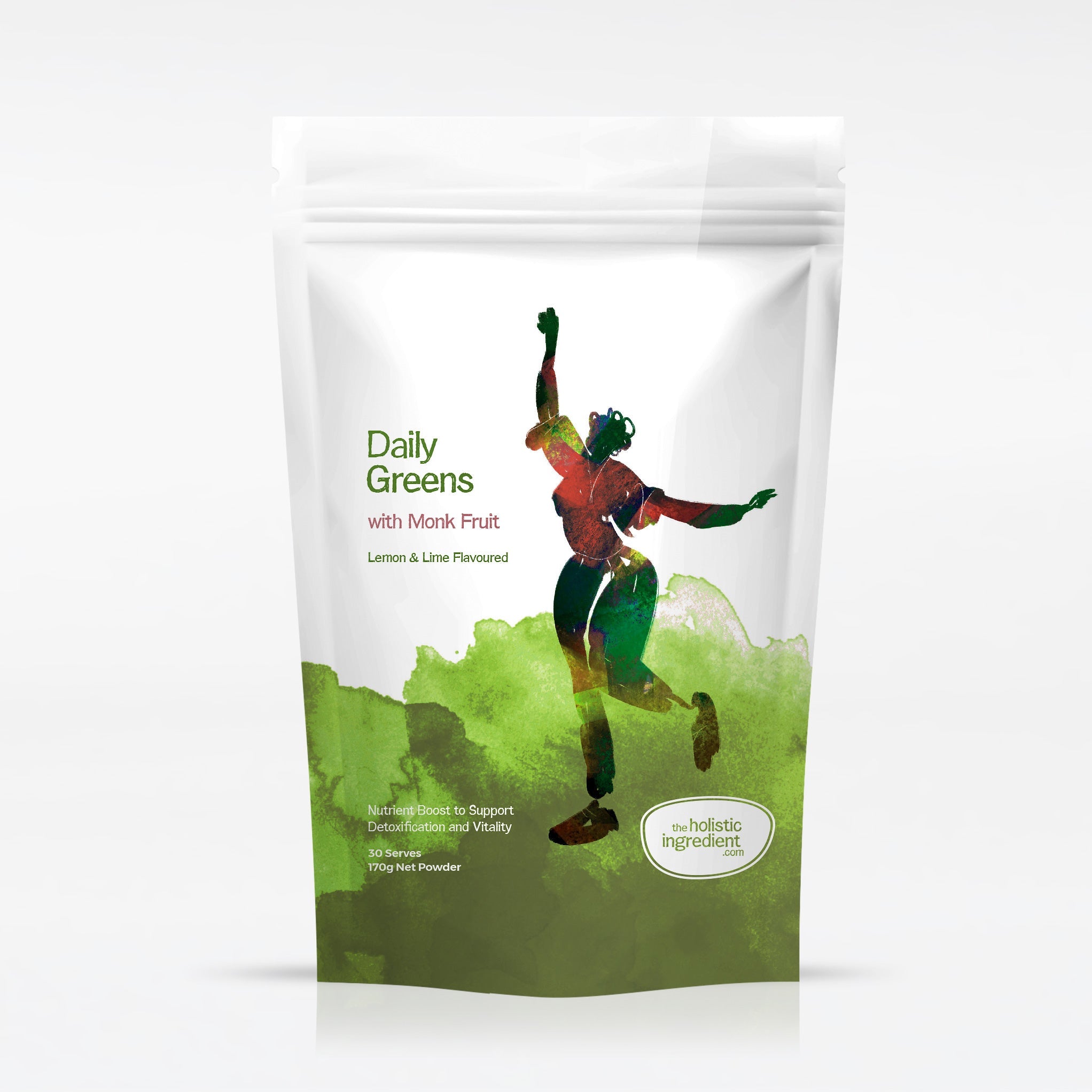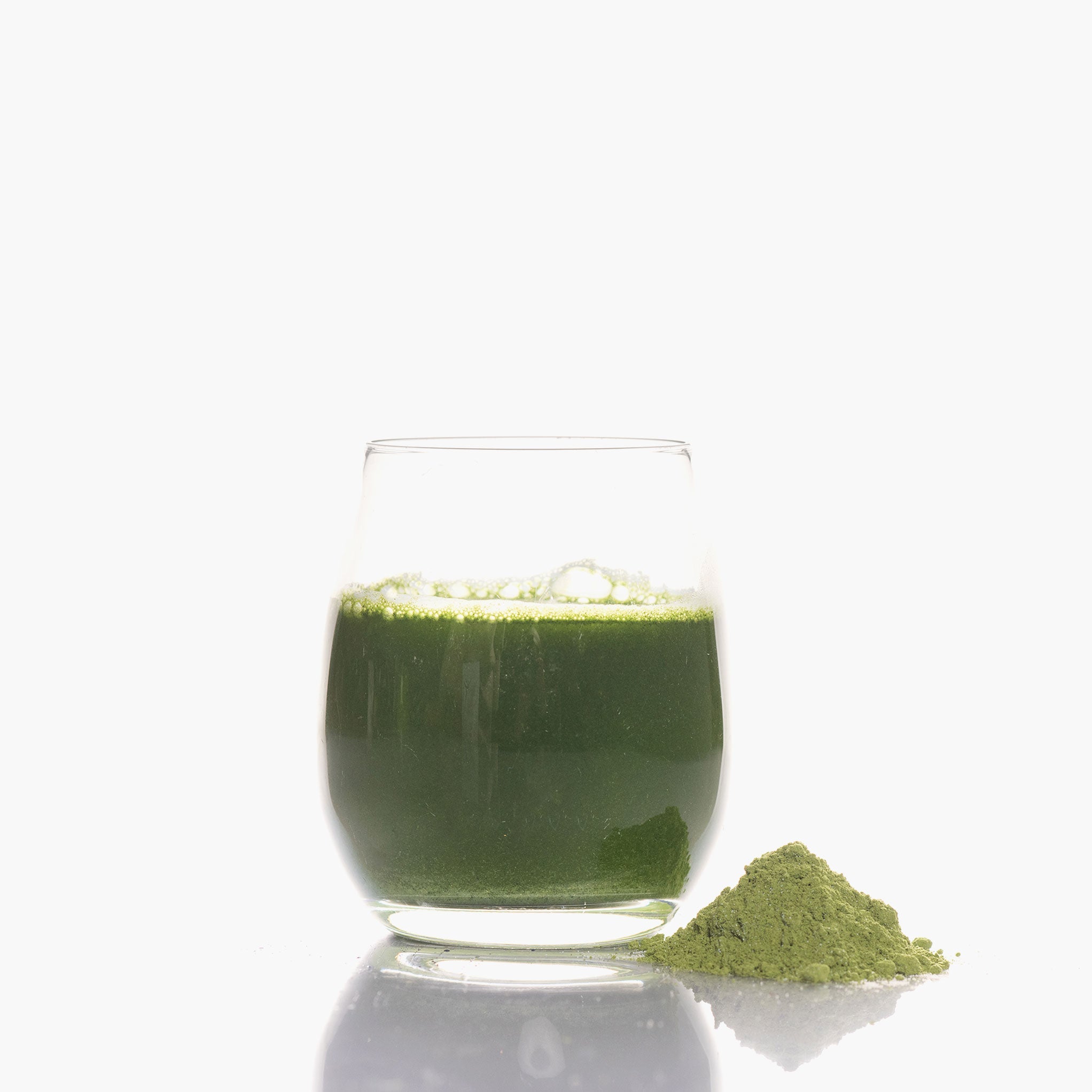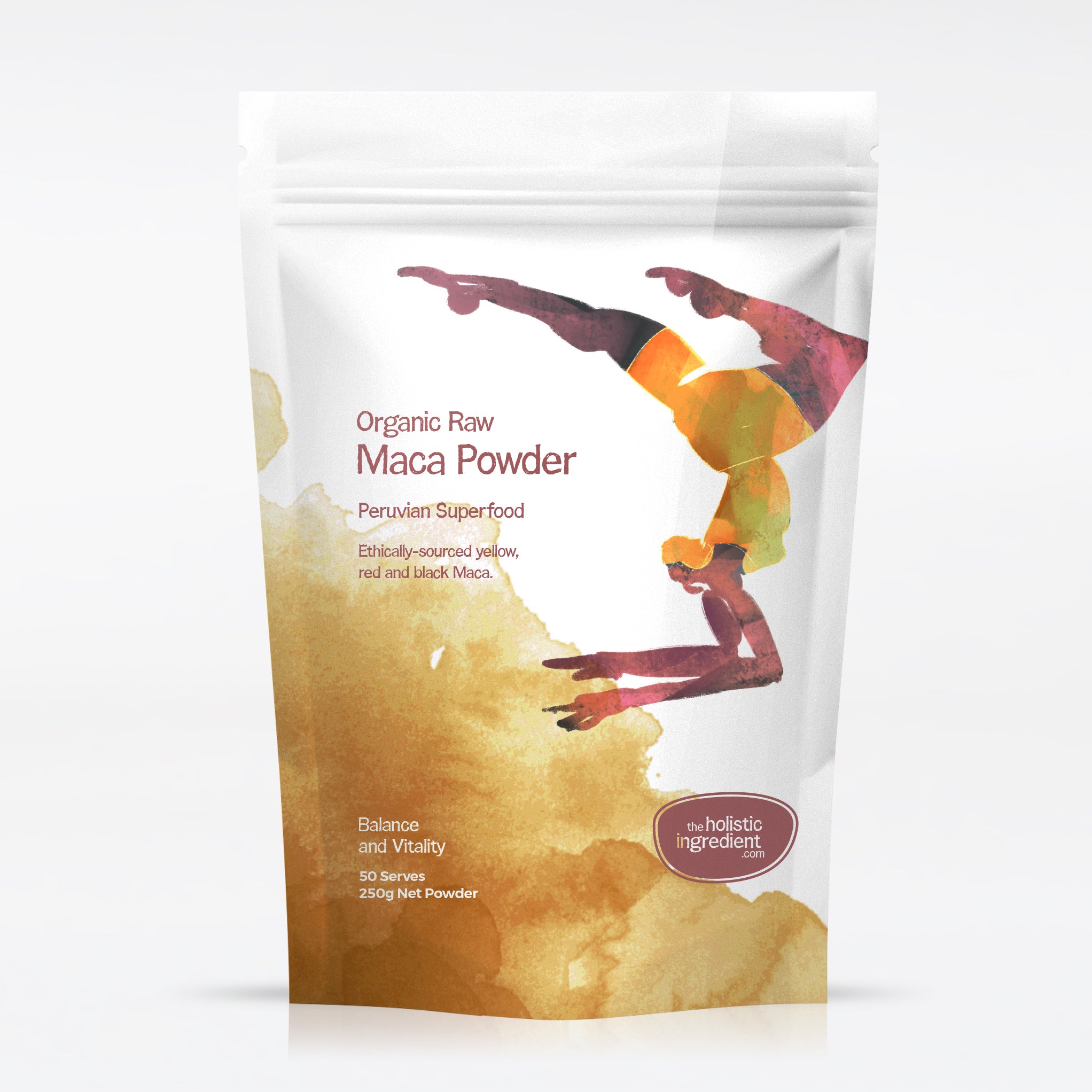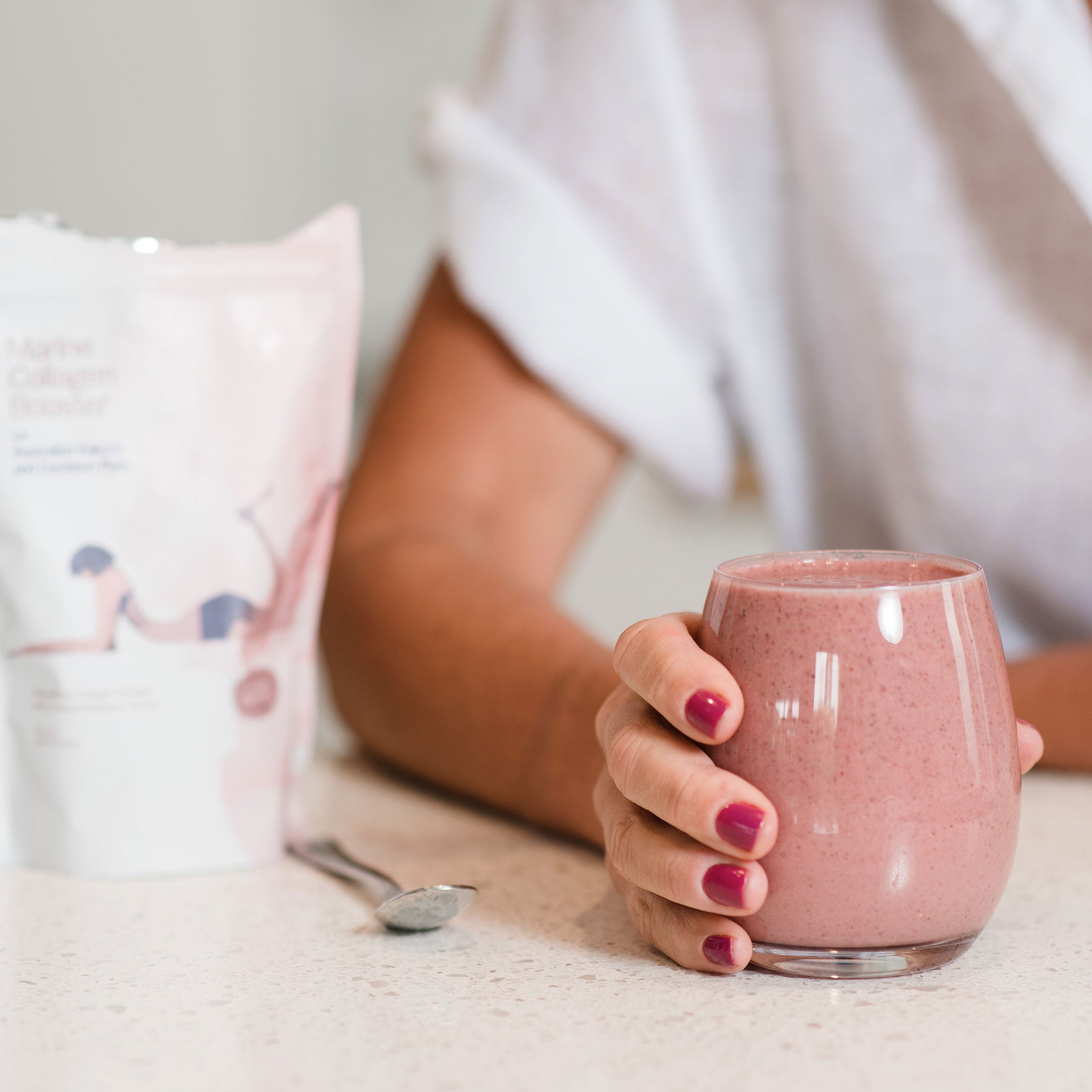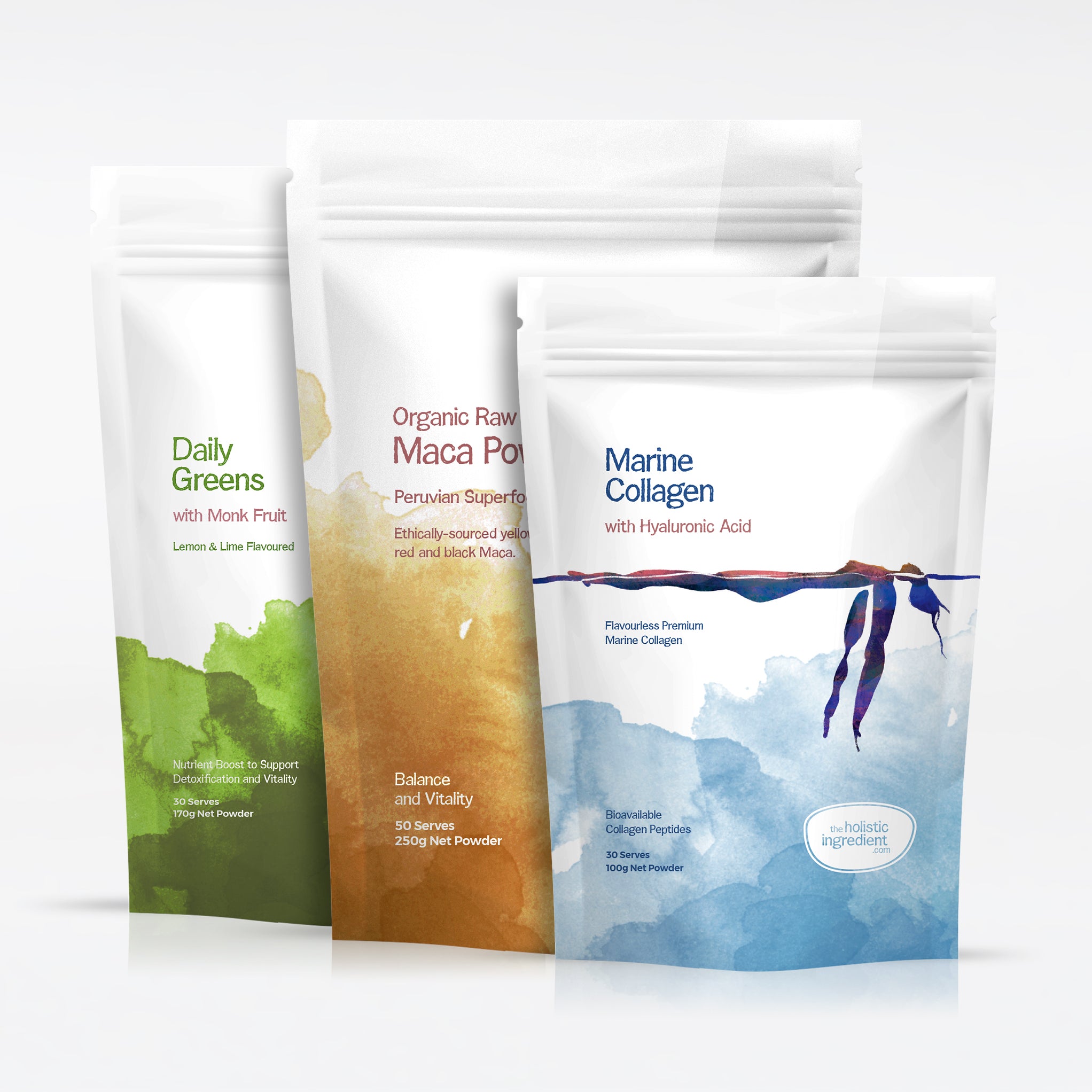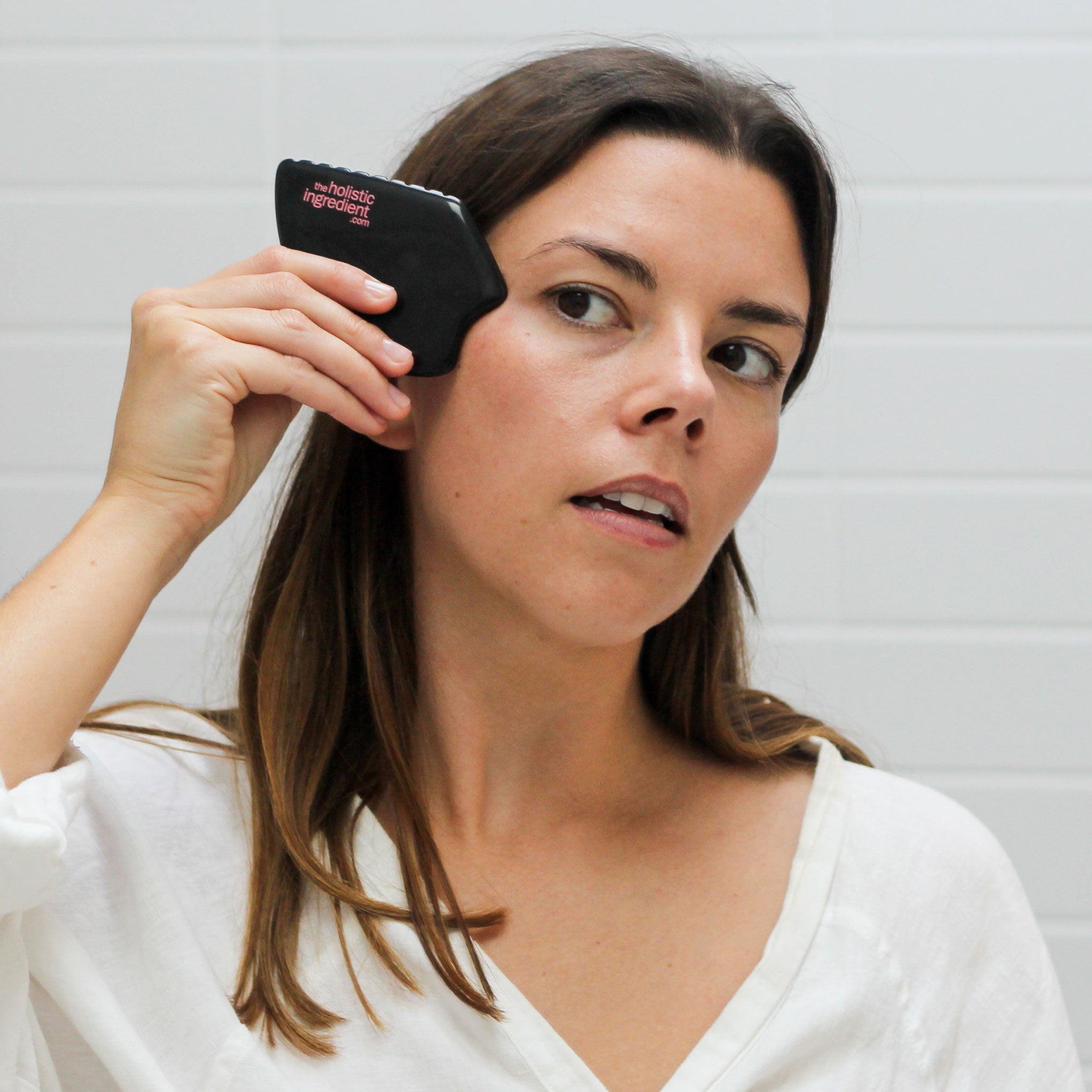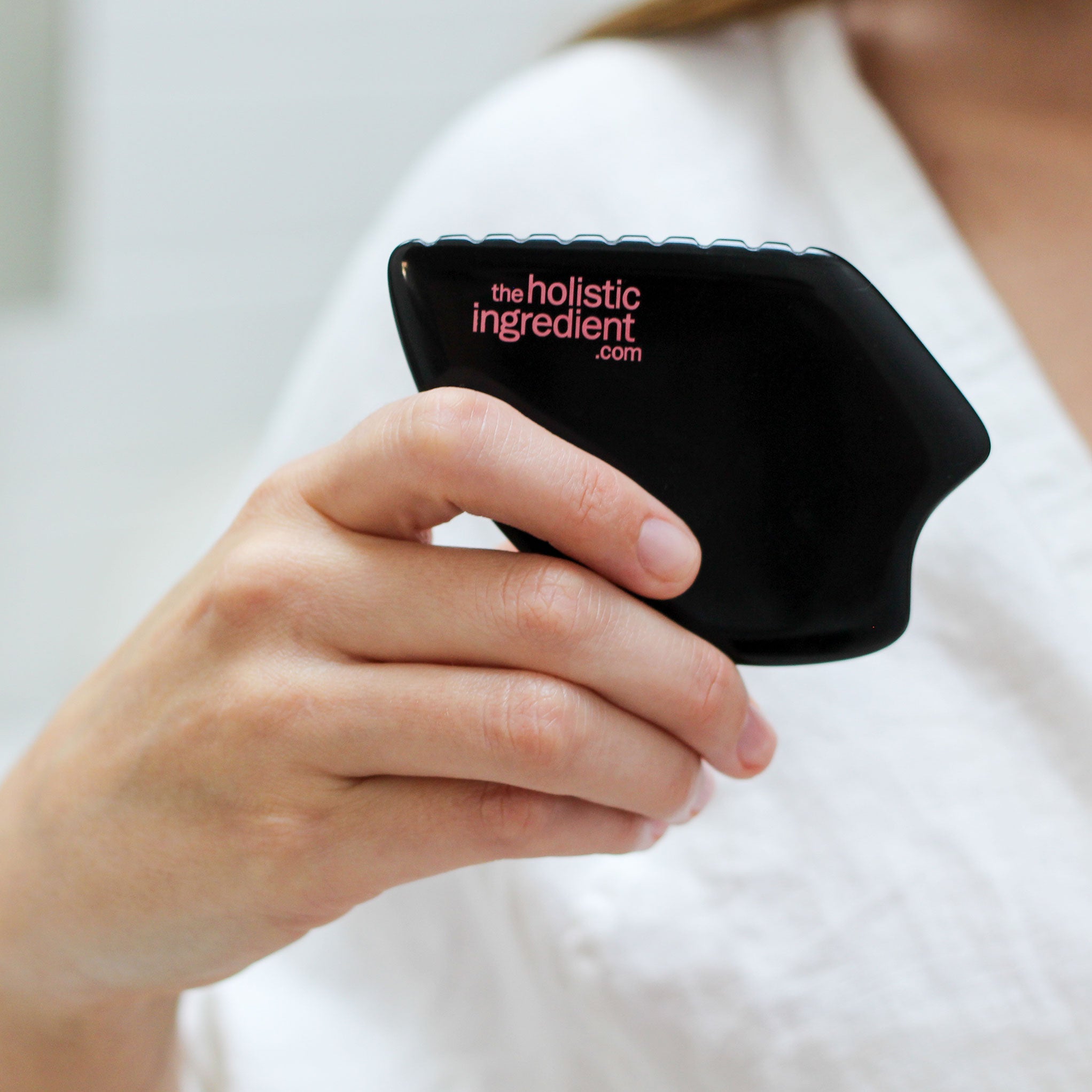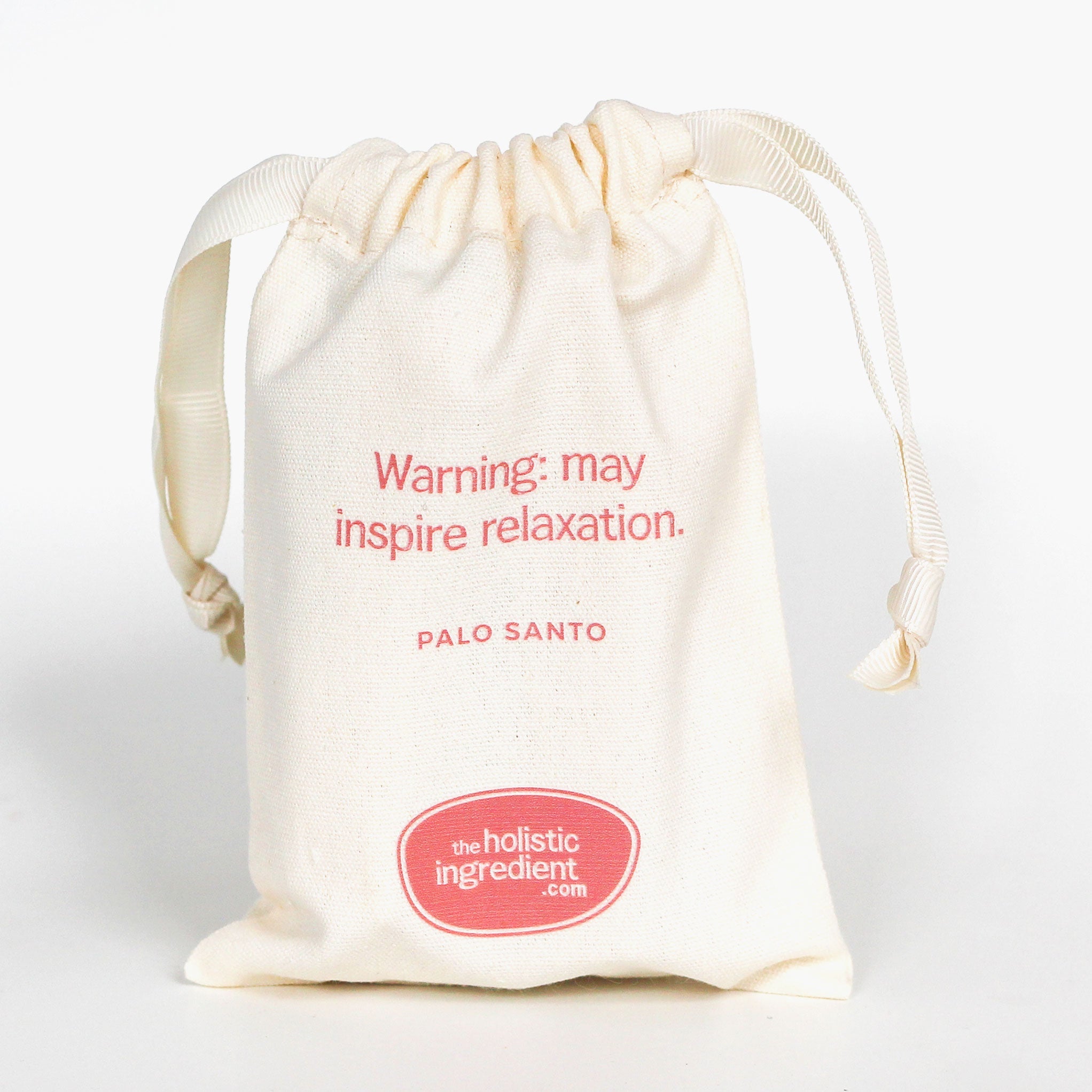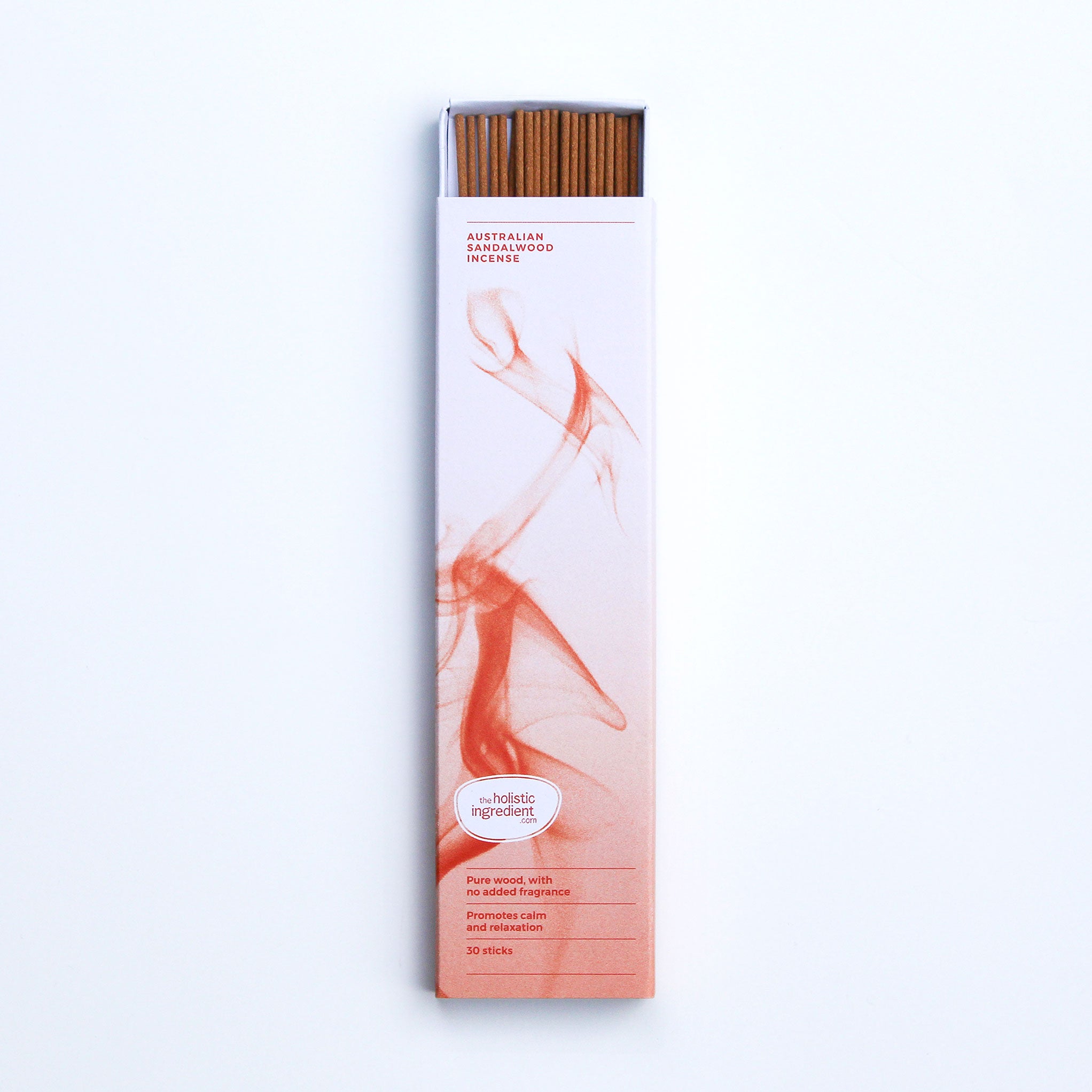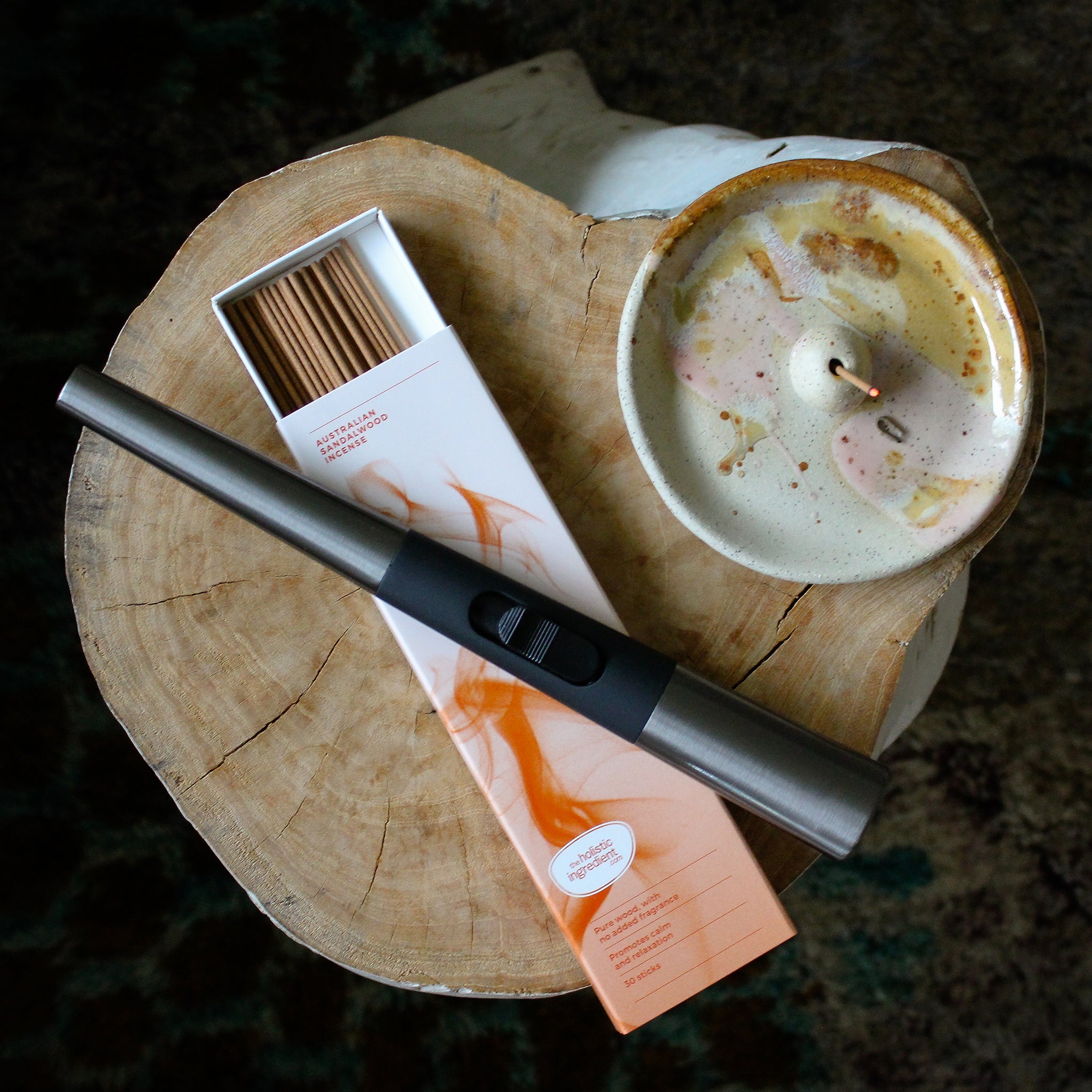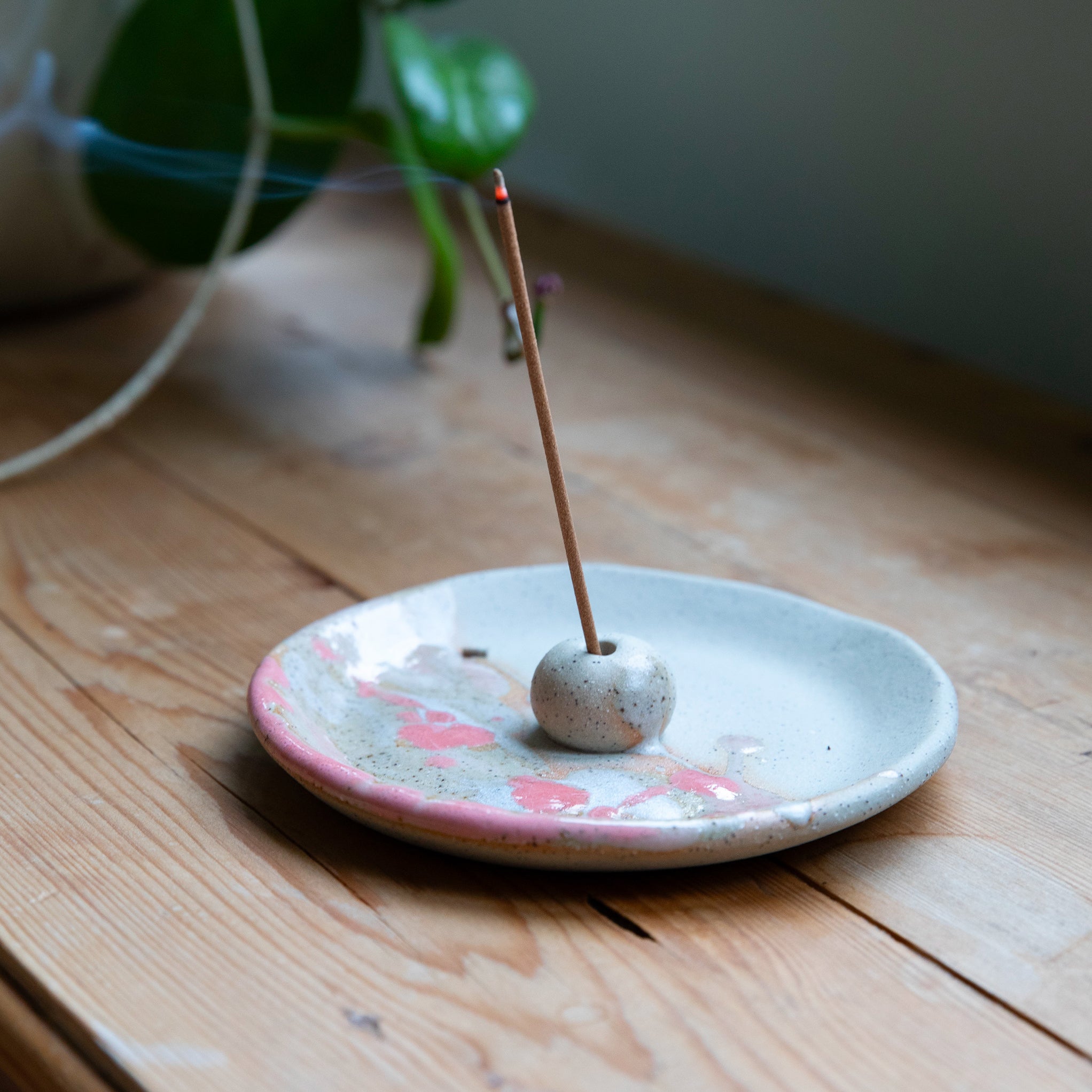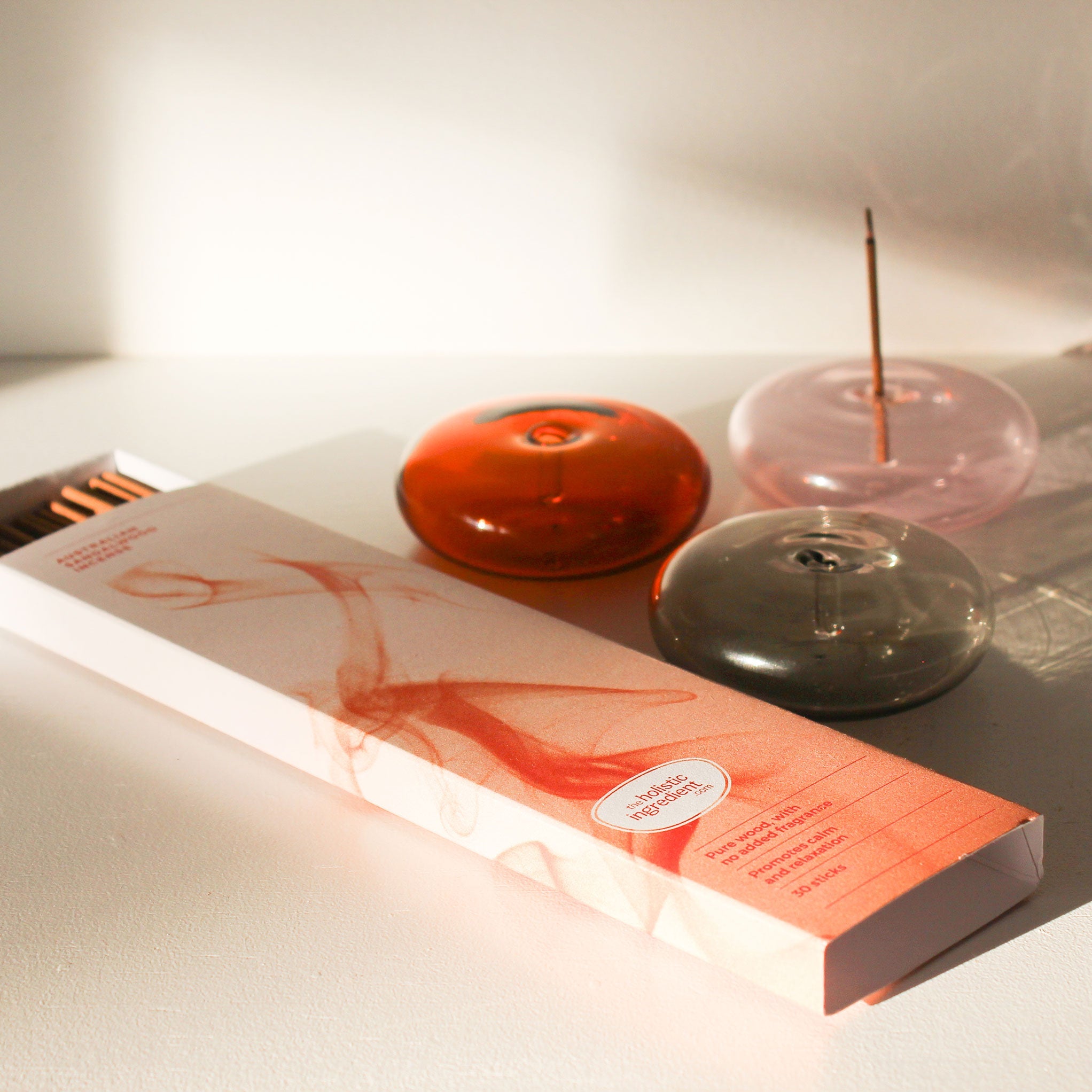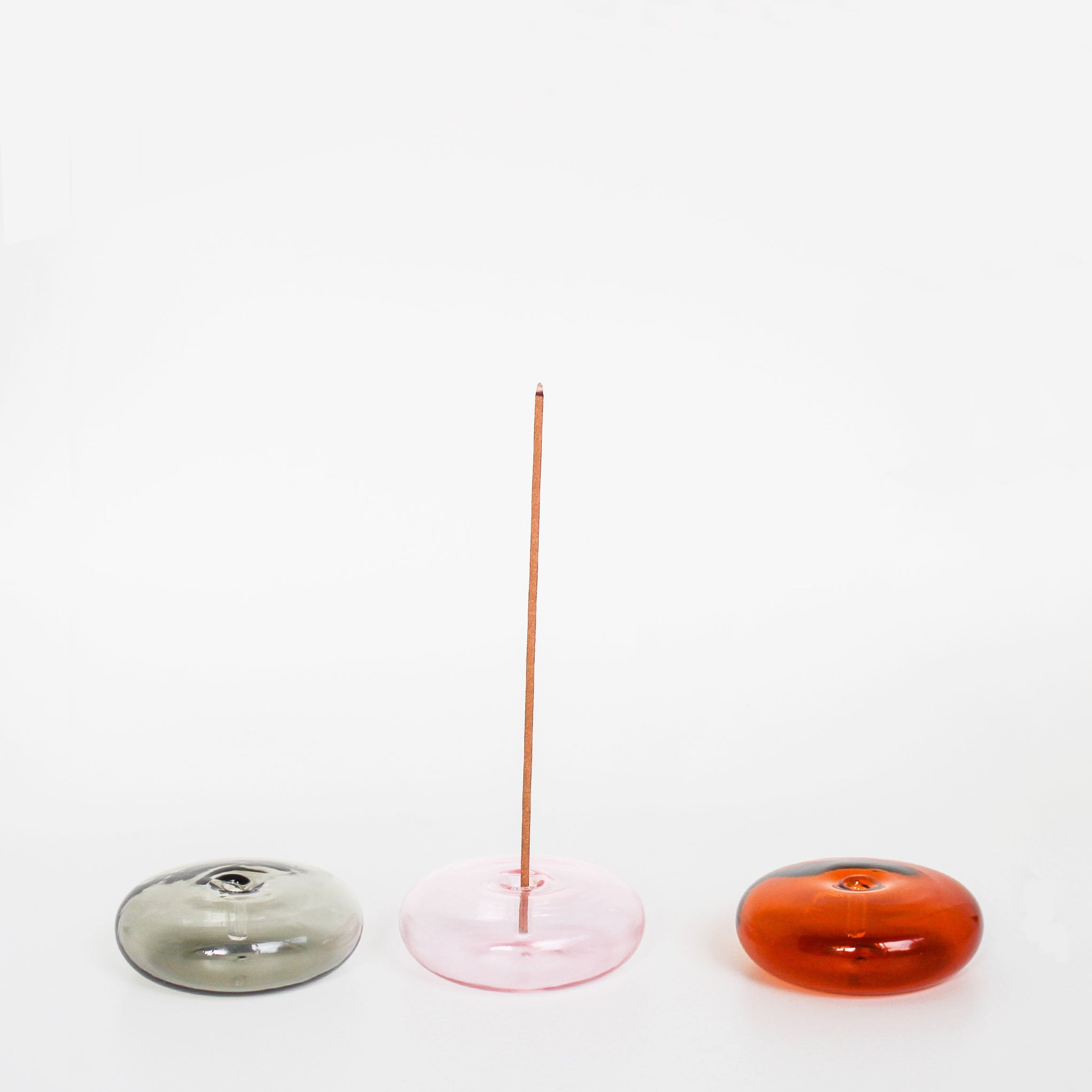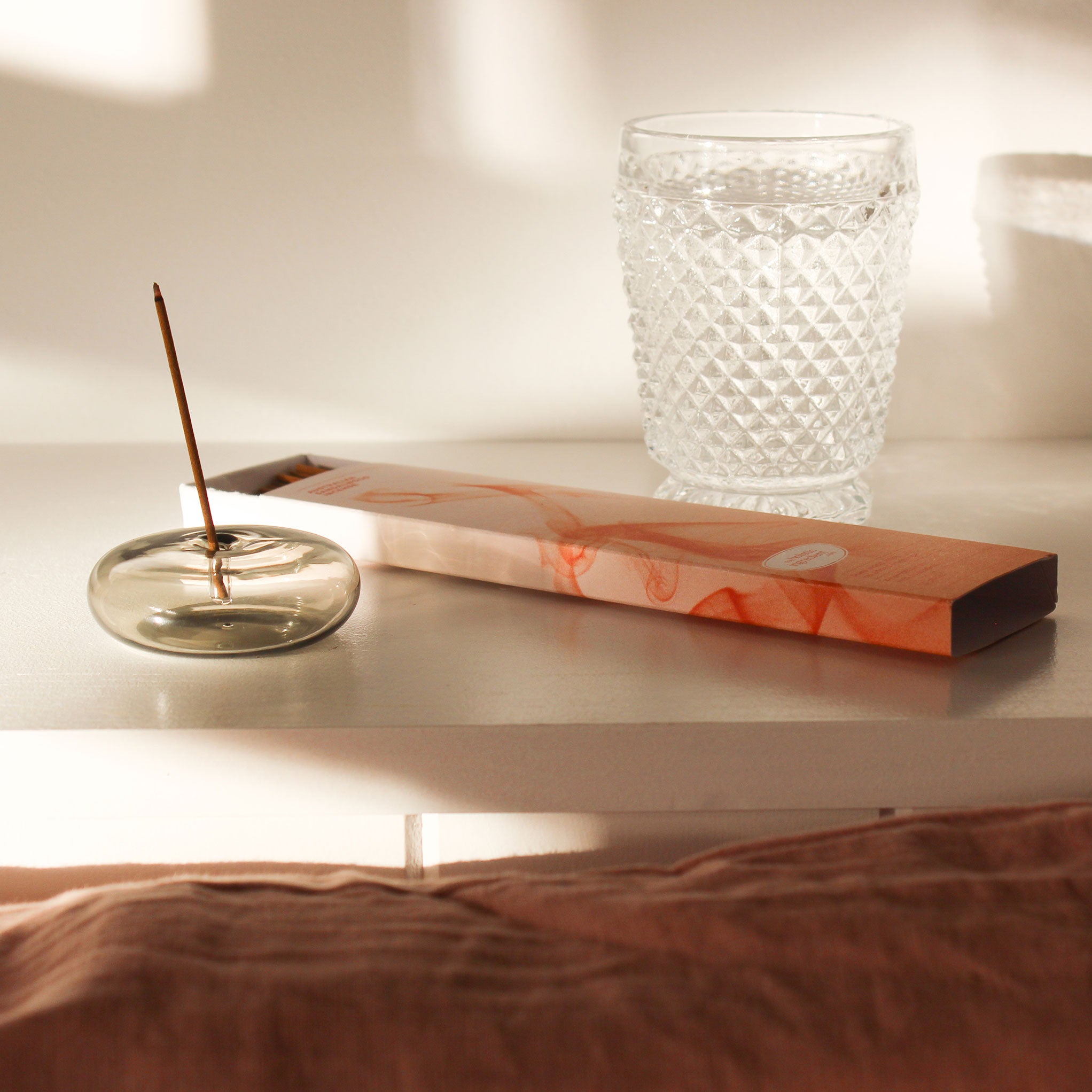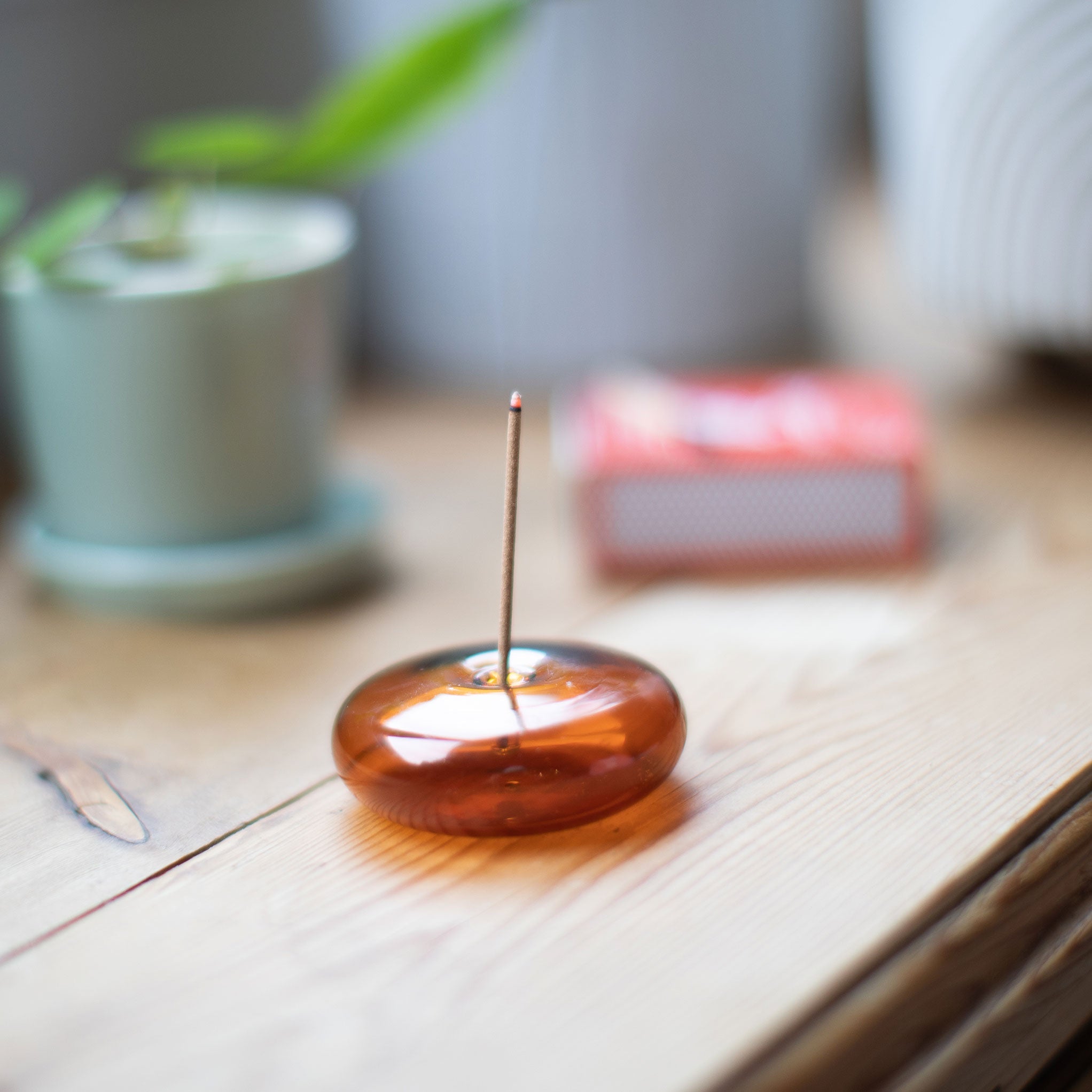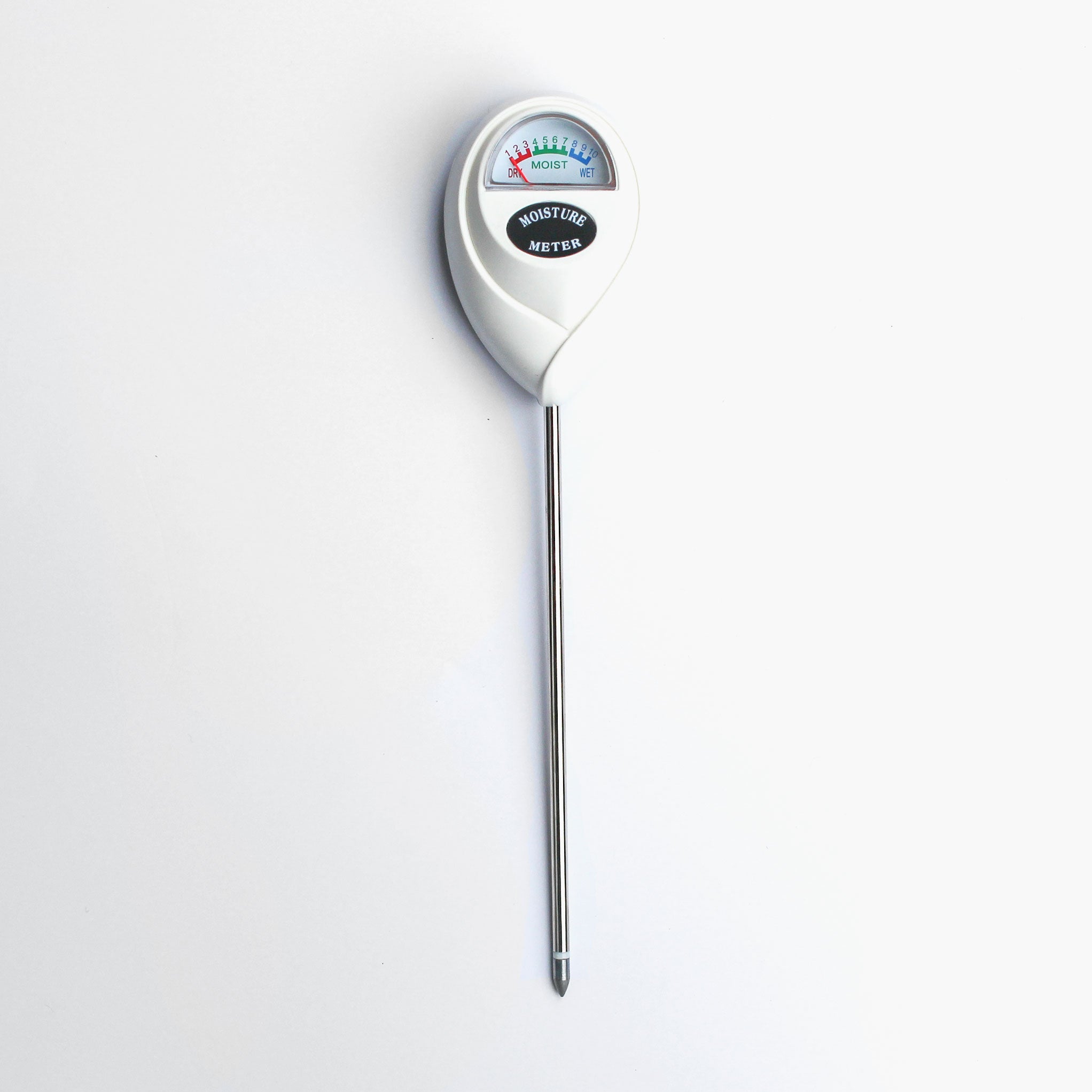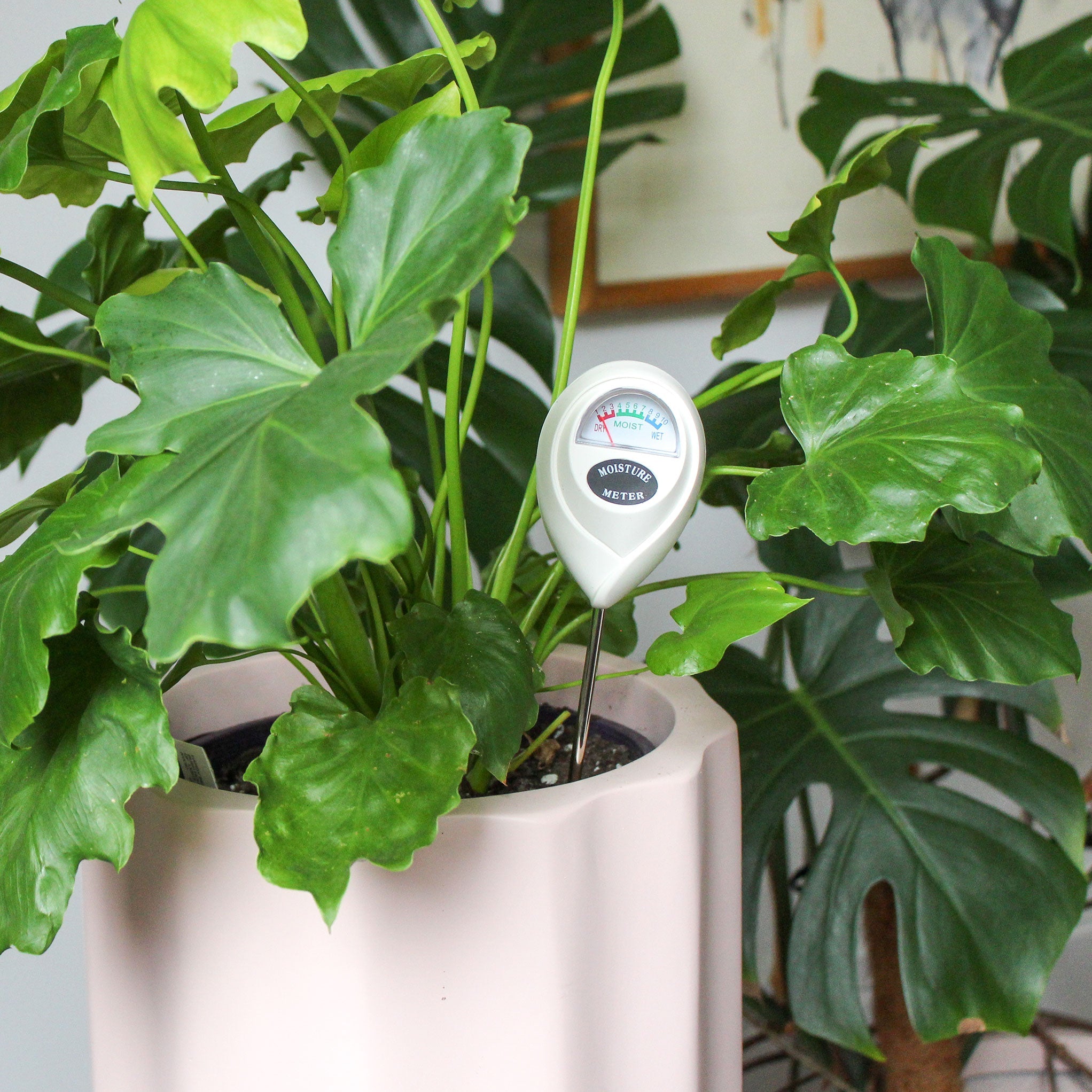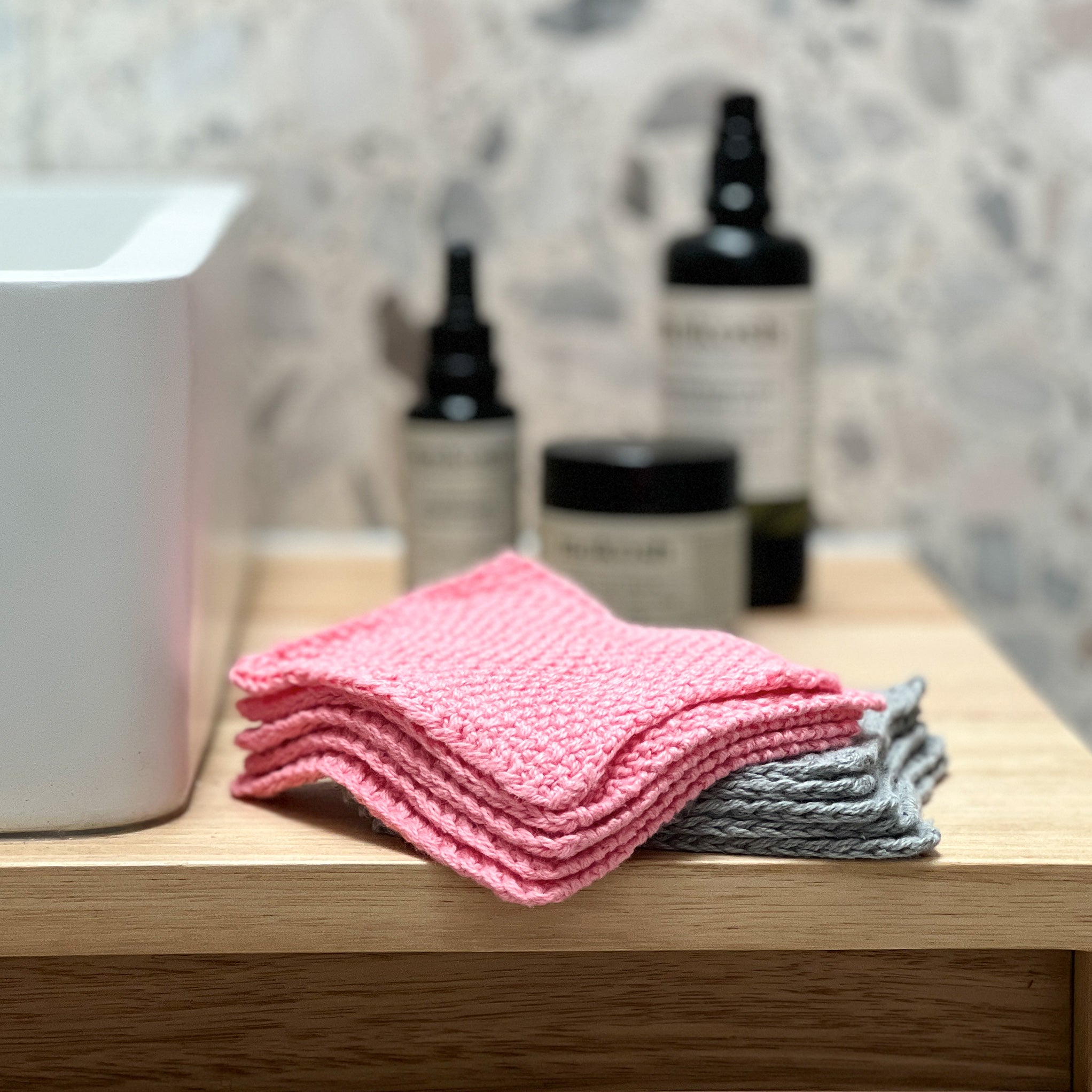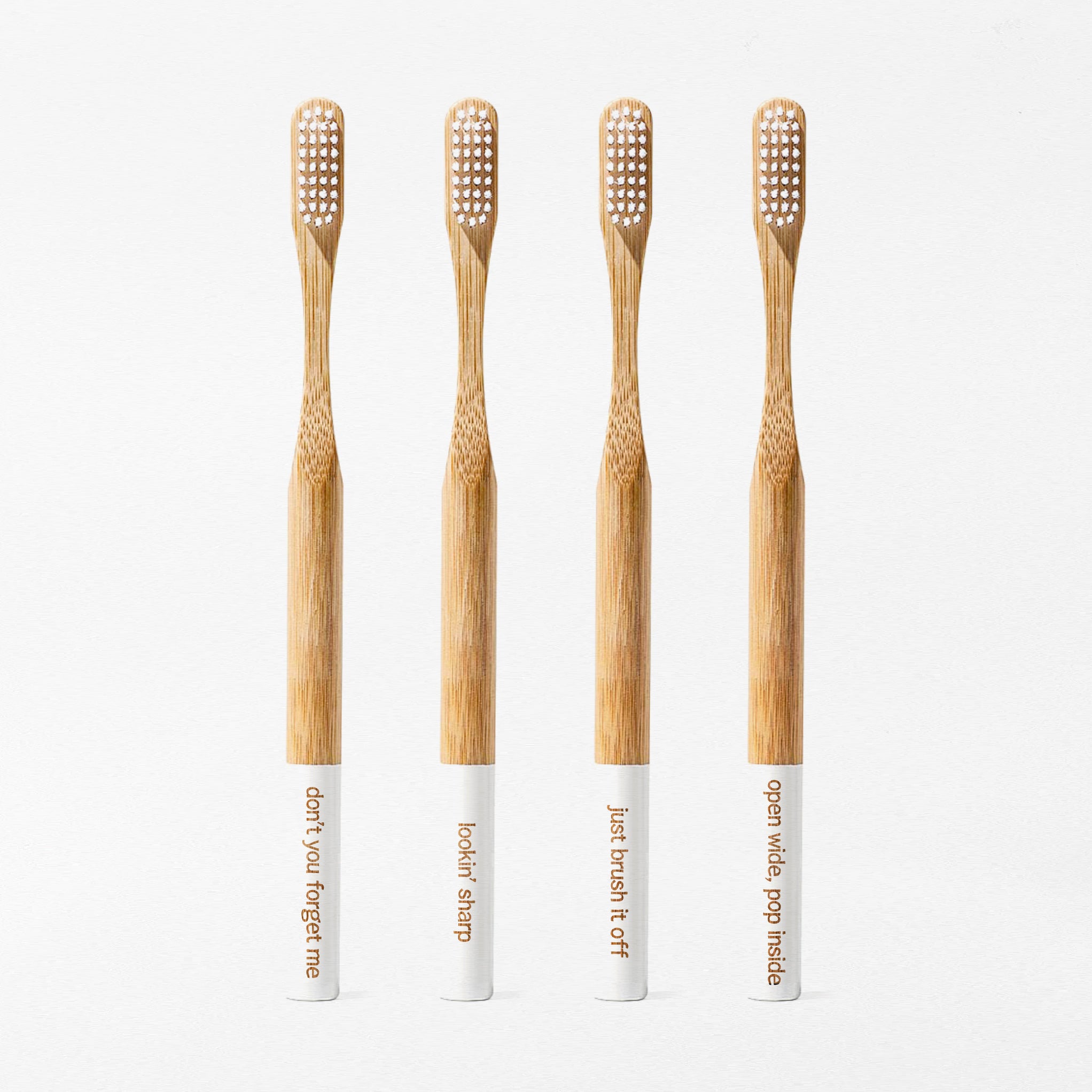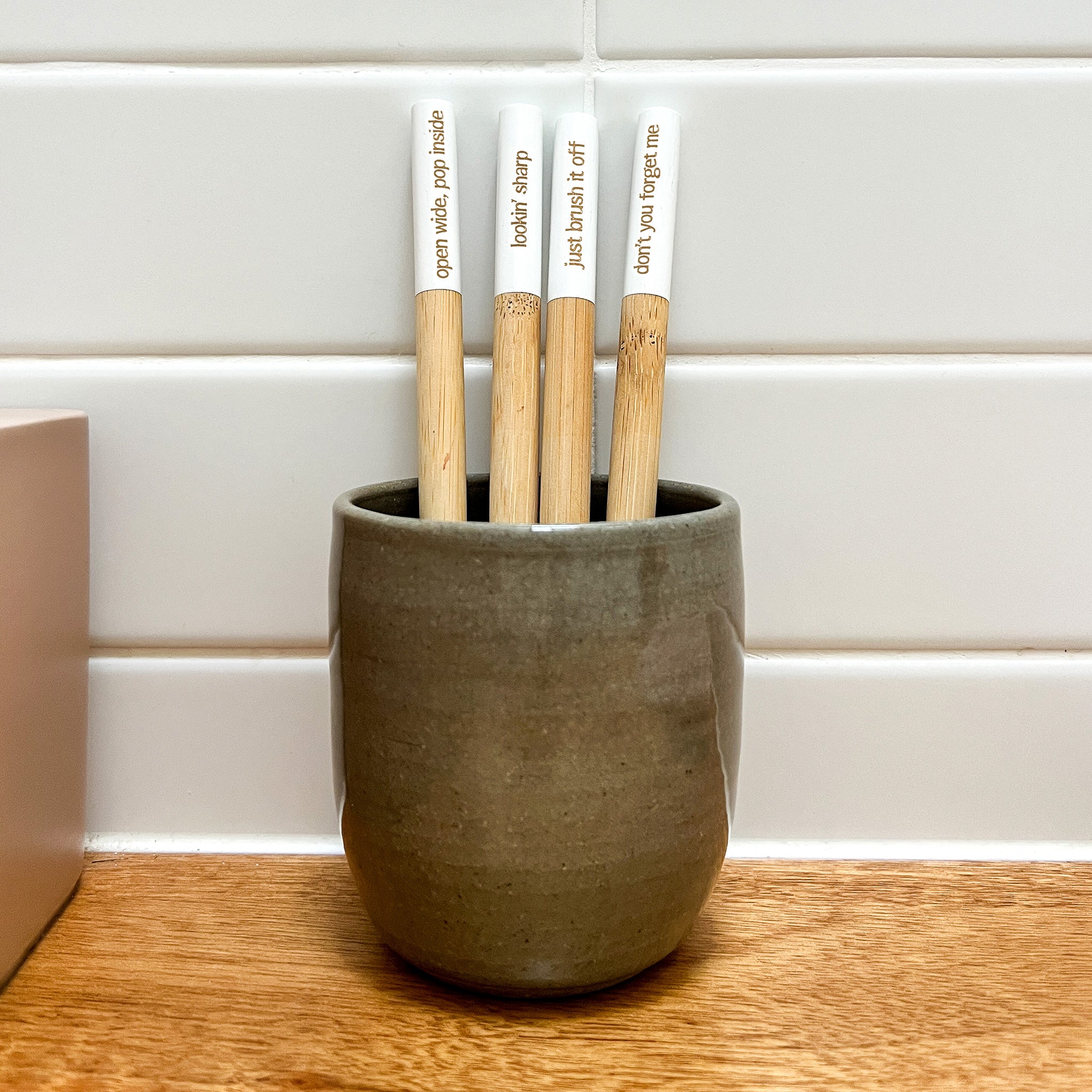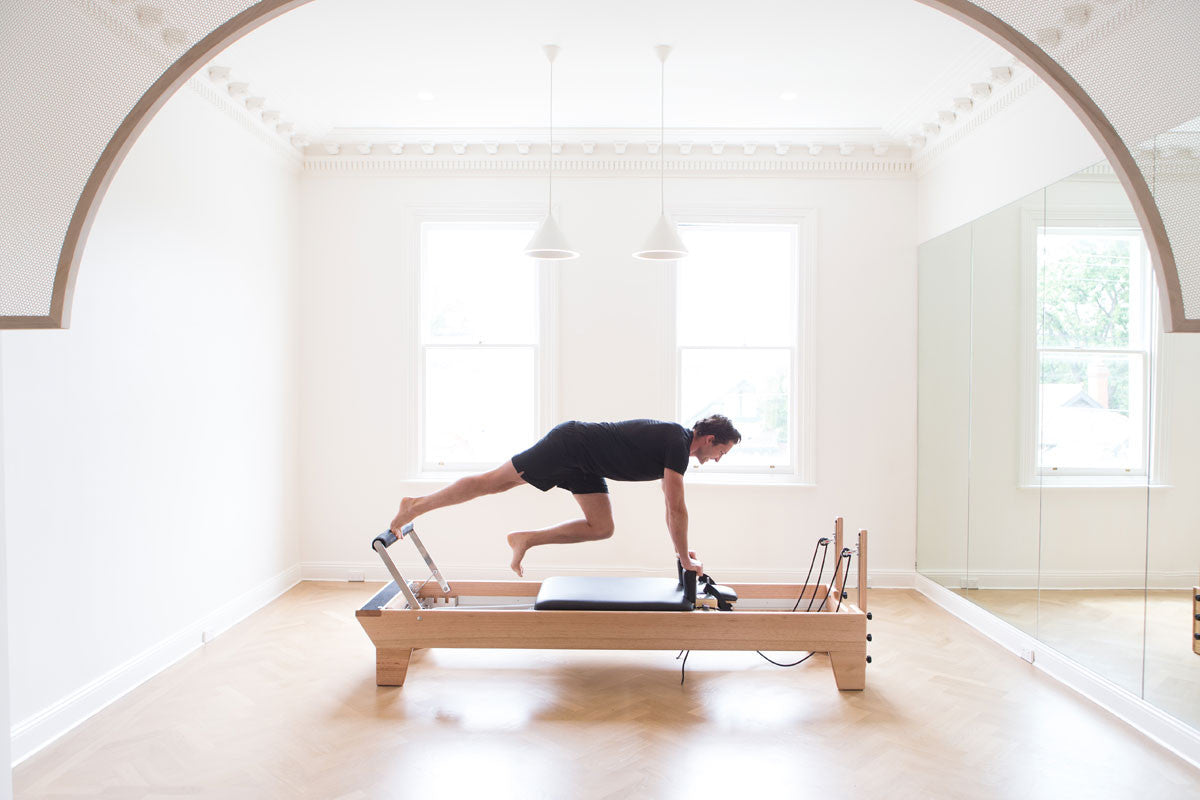
Anxiety is the most common mental health disorder. It can affect our ability to sleep, to socialise, to carry out everyday tasks. Almost every therapy client I see shares stories of anxiety to varying degrees, some with persistent every day worries, others paralysed with fear, fear that prevents them from functioning effectively day to day.
Recently I had the pleasure of meeting the delightful Chris Jellis, Physiotherapist and Director of stunning Health & Wellness studio Sum of Us.
(I am about to take part in a post-chronic-illness rehabilitation program with the studio and am excited to be sharing that journey with your shortly!).
Chris (pictured above) got to chatting about a conference he had attended recently where he heard some interesting new research on how postural exercise can speak directly to the brain to reduce anxiety. So it is that I welcome Chris to the blog today to share his learnings, feeling that many of you who have battled anxiety in some way, would welcome all the support you can get.
3 tips to reduce anxiety, by Chris Jellis*
If you are anything like me, you understand how debilitating anxiety can be. It can touch every part of your life, but the worst part is it can rob you of the present. In moments when you should be enjoying life, you either worry about the future or ruminate over the past, and miss precious moments in the now that you can never get back.
The latest figures have 2 million Australians suffering from generalized anxiety disorder. This doesn’t even include those suffering from general ‘angst’, which is anxiety without calling it anxiety.
Clearly society is heaping pressure on us like never before. Longer working hours, increased financial stress, reduced social networks and more all contribute. Then you add in poorer diets, low density nutrition, greater toxicity in the home, constantly being stuck to one screen or another – no wonder we are anxious!
But there is some good news.
Late last year Neuroscientists at the University of Pittsburgh have, for the first time, identified a set of complex networks that connect our cerebral cortex to our adrenal medulla.
Why is this important? Before I lose you, let me explain some anatomy.
The cerebral cortex is part of the brain that controls our executive functioning. It is the driver of the car so to speak, and allows us to think, move and act. The adrenal medulla is found in the adrenal gland (just above the kidney) and is responsible for the body’s production of stress hormones such as adrenaline. It is just a simple gland, but has a huge effect on us because of the way adrenaline interacts with our emotions.
When adrenaline pumps for long periods of time, such as in states of chronic anxiety, irreversible changes can occur in the vessels of our body, leading to hypertension and stroke.
What these scientists were able to find were the direct neural connections between the body and the brain.
The one they were most interested in was the section of connections that came from part of the cortex that controls our core body movement and posture. This was a surprise, because what would core body control have to do with stress?
Well it was hypothesised that from an evolutionary perspective, in times when you needed to be balanced and steady, your cortex evolved to speak directly to the medulla to reduce the stress hormone production
This is a pretty amazing discovery. Most people are under the impression that they need to fight mental stress with a mental strategy. Talking to a psychologist, seeing a counsellor, writing an action plan - these are all highly valuable and necessary. But they don’t work for everybody. Some people even find it frustrating and simply can’t quieten their minds from the background chatter.
Instead, science now tells us we can activate and move in different ways, and through these connections, we can reduce our level of stress hormone.
So, next time you are feeling stressed, why not try these 3 tips:
1. Do core or control based movements (such as yoga, pilates, dancing, tai chi etc). Challenge yourself to fully engage your brain and focus on the activity. Make sure it involves deep core contractions, and has an element of difficulty for your balance.
A really good example is holding a double arm plank, then shifting into a single arm side plank to the side (do this off your knees if you have back pain or find it too difficult off your toes).
We recommend at least 5-10 minutes of different movements; you could add triangle or tree pose. Focus on your deep core contractions and the control of the movement. Then just switch your mind off and allow your cortex to take over.
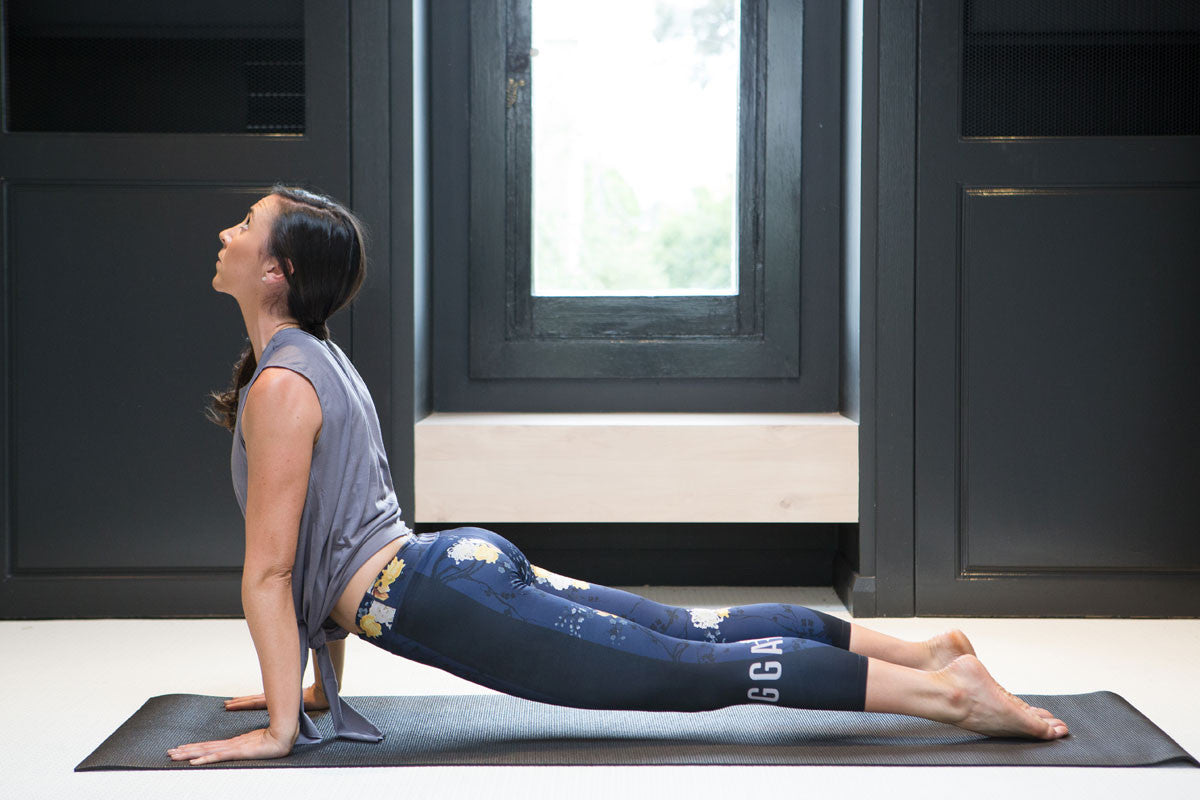
2. Take at least 10 strong, deep breaths. Because stress makes us breathe fast and shallow, breathing long and deep sends the signal straight back to help the brain relax.
3. Go through a series of isolated muscle relaxation exercises. Focus on different groups such as your shoulders, forearms, legs etc and actively let them go. Feel the tension releasing and floating away. Again, because stress makes us tense our muscles, by actively relaxing we are sending a subconscious signal back to the brain that everything is ok.
Perform for at least 5 minutes in a comfortable environment.
It can be quite liberating to know that simply moving your body in certain ways can modulate your internal responses to emotional stress, keeping you healthy and more relaxed!
If you enjoyed this post you may also love to check out the one simple trick that can rid you of anxiety and fear.
Journal Reference:1. Richard P. Dum, David J. Levinthal, Peter L. Strick. Motor, cognitive, and affective areas of the cerebral cortex influence the adrenal medulla. Proceedings of the National Academy of Sciences, 2016; 201605044 DOI: 10.1073/pnas.1605044113
*Chris Jellis is a physiotherapist and director of Sum Of Us. SUM is a health and wellness studio in Prahran that combines the science of modern physiotherapy and health care, in a nourishing holistic environment www.sumofusstudio.com.au
Photo credit: Sum of Us studio, taken on site in their glorious space.



